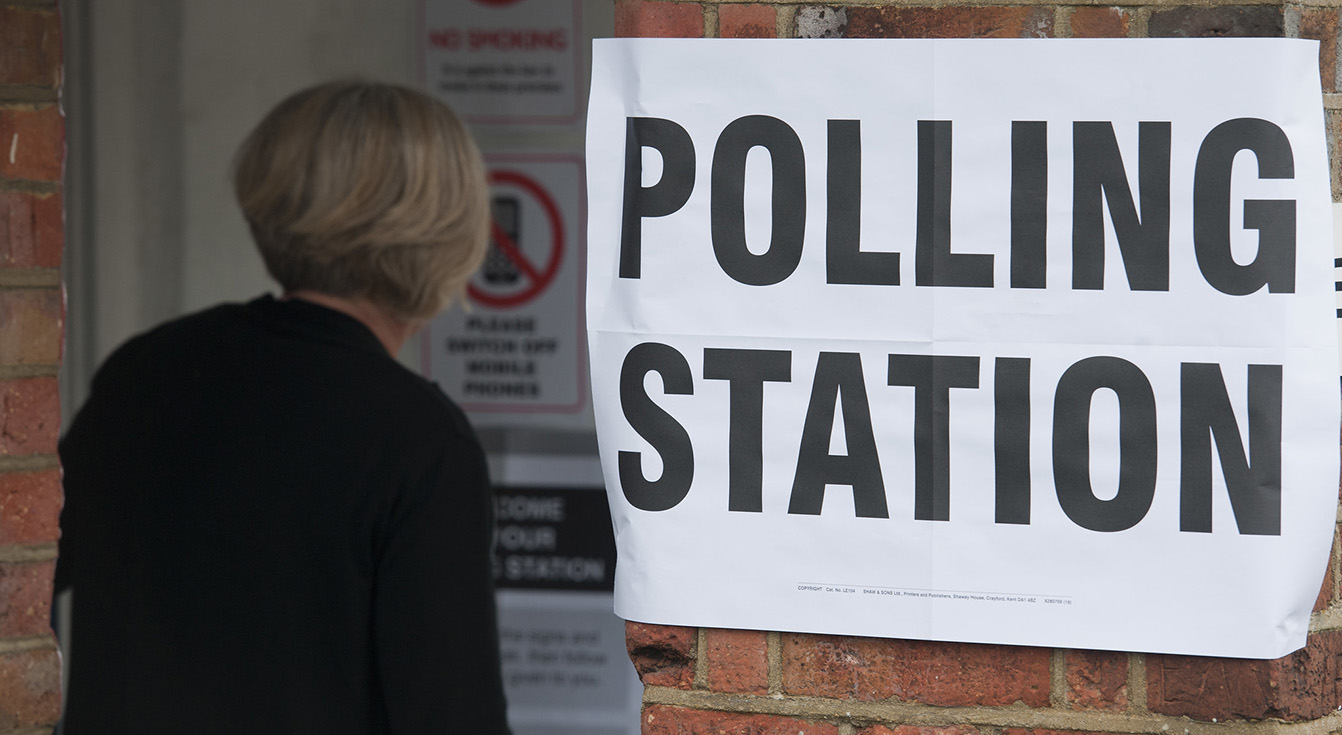How Labour can win back Scotland
With the SNP vulnerable and the union debate stalled, Labour could succeed in Scotland, but it must offer the change people crave.
For the first time in a rather long time, the mood within Scottish Labour is buoyant. Under Anas Sarwar’s leadership, the party has gone from potential political extinction to consistently polling about 29%, which would result in around 15 seats in the general election – up from the current total of one.
There is no room for complacency, though. A likable leader in Scotland, and a UK leader who looks on track to be the next prime minister, mean that Scottish voters are considering Labour as a serious electoral force again, but there is still much work to be done.
It is virtually impossible for the Labour party to form a majority government without winning seats in Scotland, and every seat Labour wins in Scotland reduces the target that Keir Starmer needs nationally to get a majority.
The messages that a Labour government runs through Scotland and that we were the “first red wall to fall” cannot be repeated enough. Starmer and his shadow cabinet clearly understand this as they are now regular visitors to Scotland.
Last year, the Scottish Fabians analysed the granular geographical and voter-preference data generated by the recent local elections, and demonstrated that squeezing SNP and Green voters and identifying those most likely to switch to Labour could mean 25 seats for Labour in Scotland. If Labour can win over just one in five SNP voters, 20 seats are within its grasp.
These seats all occupy Scotland’s political middle ground and were the former Labour heartlands in Scotland. Slugging it out with the Tories to be the “no compromise” pro-UK party is an electoral dead end. Labour cannot make the gains it needs by squeezing the unionist vote. Even with the Tory vote at an all-time low it is impossible to win more than four seats without winning votes from the SNP.
Those votes will be available. The new first minister, Humza Yousaf, does not share his predecessor’s formidable reputation for competence and communication, and inherits a long list of domestic problems, which as the continuity candidate he cannot distance himself from. The crisis in our NHS has happened under his tenure as health secretary.
His first action was deeply unserious, announcing he would request a section 30 order to hold a second independence referendum, an idea that the prime minister immediately turned down. So far, so depressingly predictable. The path for Labour is clear. It must avoid the “no compromise” unionism versus independence stances that the SNP and Tories – bereft of other ideas – are locked into. Promisingly, it is beginning to look like the Scottish people have other ideas as well.
The Scottish Fabians have also conducted focus groups with previous SNP voters who are now undecided in key seats. It is clear that none felt the time was right for another independence referendum. These voters are struggling to make ends meet, heat their homes and access healthcare. They told us they were on the fence about who to support in a general election, but it is clear they are desperate for change.
These target voters range from young families budgeting to meet needs in low-cost homes, aspirational younger households in private suburbs, and older, more stable homeowners. Our target seats, such as Hamilton and Clyde Valley, East Lothian, and Midlothian, are where these younger, more aspirational voters make up a large proportion of people living in middle-value properties, perhaps moving to one of the new housing estates there to start or expand their families. It is these voters Labour must target and in these estates that it must campaign.
Labour must offer the change these voters so desperately want and must convince voters it has answers to the economic insecurities and failing public services that blight their lives. There is an organisational challenge for Scottish Labour to address. Winning 25 seats requires the best candidates in the right seats with skilled campaign teams to deliver Labour’s message of a reformed UK to these undecided voters.
There were a number of seats in which Scottish Labour outperformed expectations in local elections demographically, and the recommended next steps for the party would be to look at why it outperformed – and see if there are lessons there for both UK and Scottish Labour on winning these seats back in a general election.
Labour depends on Scotland to achieve a majority government and Scottish Labour’s future success means winning over a wide coalition of voters across Scotland’s towns and cities. These voters want a change to the status quo; it is the job of the Labour party to convince them that it can deliver that change through a Labour government.
